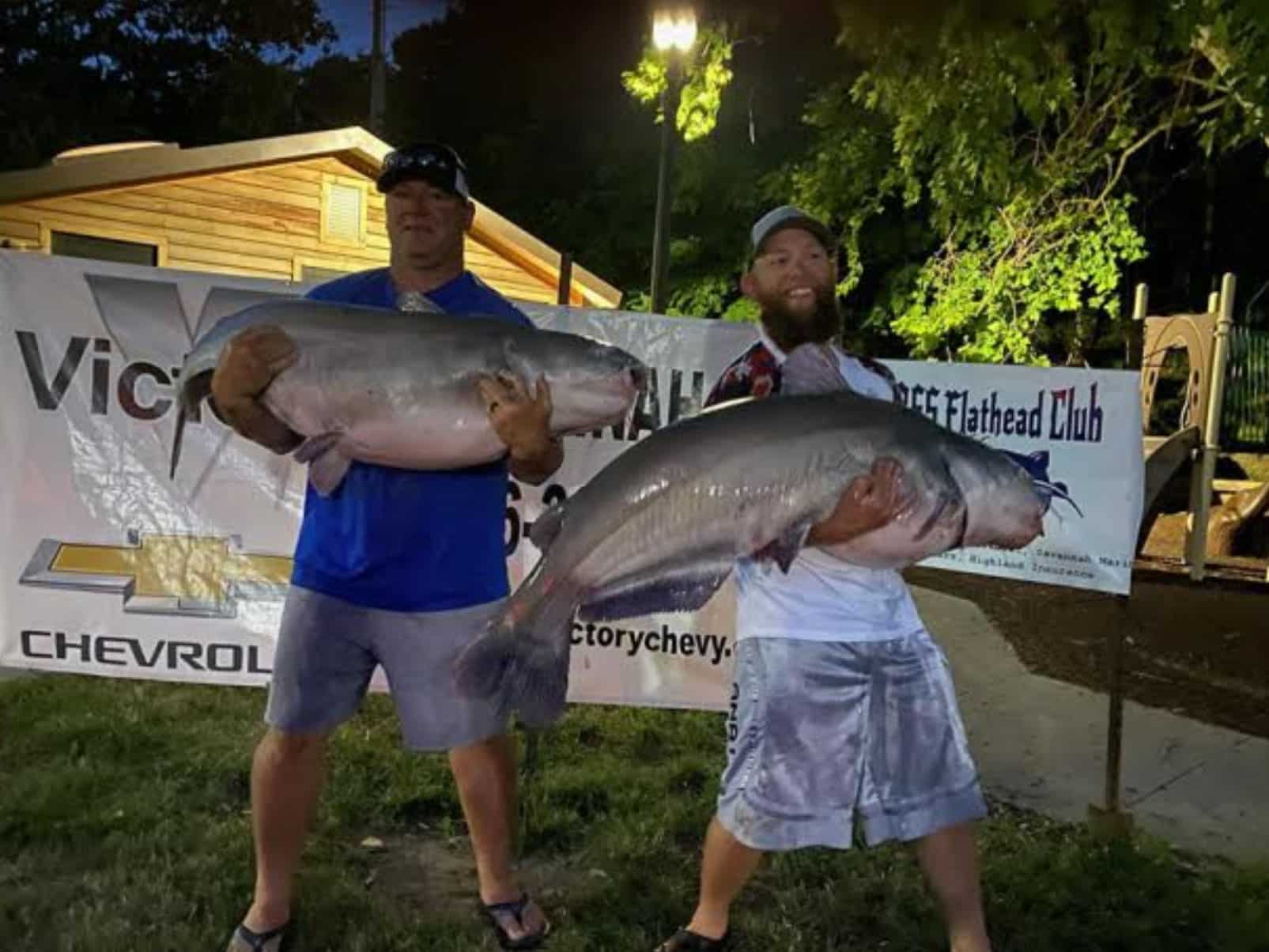afishinado
Moderator
Staff member

Here Come Pennsylvania Giant Catfish! | Sport Fishing Mag
The Pennsylvania Fish and Boat Commission just stocked 13,000 blue catfish fingerlings in the 4-inch range in the Ohio River near Pittsburgh.

What do you mean in the phrase that begins with “surprised?”This didn't go very well for Virgina, these fish are very hardy I am really surprised to hear that they were whipped out of a watershed and other fish remained?
I think he meant that he was surprised blues were *wiped out while other species weren't.What do you mean in the phrase that begins with “surprised?”
What Fox saidI think he meant that he was surprised blues were *wiped out while other species weren't.

My understanding of the James is that blue cat fish have invaded so efficiently and severely out eaten their prey base so much so that they now make up 75% of the biomass in the stream and are all stunting out at 20” long. Its very common for invasive species to do this, example invasive lake trout in flat head lake. It takes a different amount of time in each case years to decades to a century or long depending on other issues in the ecosystem or food web. Another common theme with invasive introductions is the invaders grow to a larger size in the non native range than in native. Flatheads, brown trout ect. Its sad but fascinating. Also blue cats salinity tolerance is better than previously thought. I am seeing more and more about harmful competition for worms and crabs with juvenile stripers.RICHMOND, Va. (WRIC) — Many anglers on the James River are targeting blue catfish. But is the blue catfish population growing out of control? Some believe it is.
The Virginia Department of Wildlife Resources (VDWR) introduced blue catfish into the Virginia tidal waters in the 1970s. The purpose behind that was to develop recreational fishery, specifically trophy fishery. But now, the blue catfish has become a top predator in Virginia’s waters.
Margi Whitmore, a tidal river fisheries biologist with VDWR, said the department has been studying the population of blue catfish for years.

Is Virginia’s blue catfish population growing out of control?
Many anglers on the James River are targeting blue catfish. But is the blue catfish population growing out of control? Some believe it is.www.wric.com
